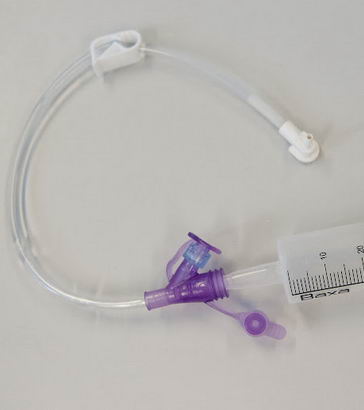Within each profession in the constellation of support are sub-branches of expertise. Referral to these specialists can be from a medical or a social concern, as explained in the Special Educational Needs Code of Practice (2001). Frequently the GP would instigate investigation into CLDD through the medical route. Educational psychologists would assess learning difficulties and be involved with 'statementing' which would contribute funding to children's needs.
The pattern of referrals is changing as services are moving from the 'statementing' days of the Code of Practice and funding
and legislation are adjusted. Think about the implications of funding issues. How is it possible to give equal opportunities
and what solutions have
you tried?

As they progress through general medical training doctors and nurses explore disciplines and decide on a line of specialism. This means that a child with complex needs may need a range of input from multiple medical specialists. It may be that the specialists already communicate with each other according to hospital protocol, but consider how this works for the team supporting the child outside hospital. Where do they fit into the web of support? What forms of communication exist? Are written reports the main vehicle of information sharing? How are non-medical recipients of reports able to interpret them usefully?

Medical specialists usually work in groups in hospital as part of the team supporting the child. The reports from different specialists may be in isolation of each other. In complex cases children can require the expertise of several medical and social professionals simultaneously.
Medical professionals who are specialist consultants are unlikely to be present at a child's review meeting. Consider the implications of this in the supporting web.
Educational psychologists (EPs) are key players in synthesising information from medical and social professionals. Visiting, observing and assessing children in school gives the EP a particularly wide view of the child which assists decisions on interventions and placements.
EPs generally work for LEAs. Sometimes they specialise, eg in autism, dyslexia or school phobias. They assess children in school and in specialist clinics, and also make home visits.
Clinical psychologists assess anxiety, depression, relationship problems, learning disabilities, child and family problems and serious mental illness. Clinical psychologists work in hospitals and clinics and are unlikely to visit schools.
Teachers and researchers in psychology contribute information towards new understanding for development of services. Vital links to practitioners are through journals and conferences of professional bodies.

Each profession has tools of assessment which contribute basic information to understand the needs of the child. Doctors, according to their specialities, can use a range of tests to assess body functions, impairments and weaknesses. These can inform about the quality of life and progress a child might be expected to achieve.
Other doctors, for example opticians, ophthalmic surgeons or orthopaedic surgeons, can improve quality of life and opportunity for improved progress through addressing health issues.

Think of at least two children you may know who have complex needs. Make a list of which experts are required to support their learning and how the pattern of the input of information works.
Draw a web to illustrate the pathways of information from professional experts visited infrequently to expert key workers who may spend much more time engaged directly with the children. Identify a pattern or any differences there may be.
